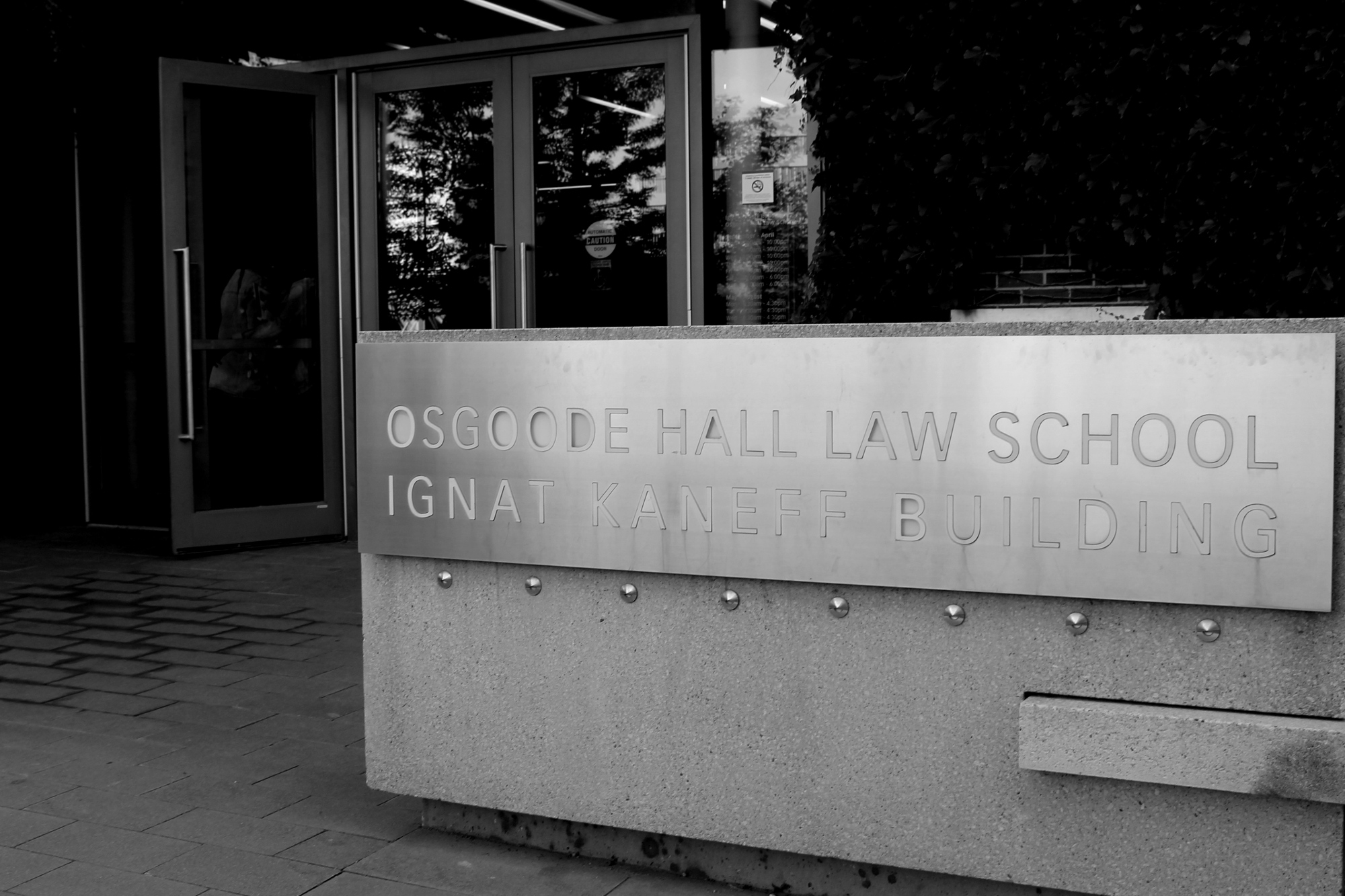Avani Abraham | Contributor
Featured Image: Many of the youth who took part in the forum felt the relationship between themselves and the system was in need of mending. | Basma Elbahnasawy
In Thunder Bay, from August 22-24, more than 25 Ontario Aboriginal youths, aged 16-25, took part in a design-thinking workshop to discuss technology-based approaches to improve police relations and the justice system. Organized by Osgoode’s Winkler Institute and funded by the Law Foundation of Ontario, “Aboriginal Youth: Designing a Better Justice System” served as a supportive environment for Aboriginal youth to join forces in working towards implementing the recommendations found in a 2014 action plan.
That action plan—“Justice and Juries—A First Nations Youth Action Plan for Justice”—is the result of a forum held in 2014 for Aboriginal youth to voice their concerns and opinions. It proposes 39 recommendations to rehabilitate the relationship between the justice system and the Aboriginal community.
The action plan underlines the perspective and innovation that youth contribute to make the justice system more accessible to the Indigenous community. The Thunder Bay workshop served as a stepping stone to realize this potential.
“Youth know the problems their communities face,” said Nicole Aylwin, assistant director for the Winkler Institute for Dispute Resolution. “They know the problems they themselves have faced. They have the expertise here and they have a tremendous capacity to imagine and create solutions that will ultimately address their rights.
“So it’s not just about involving them—it’s about learning from their expertise as youth,” she added.
Workshop participants were divided into three teams; each team was responsible for designing an idea for a website or app with the aim to educate youth of their legal rights and build positive working relationships with officers of the law.
The first group proposed a website called meetyourcop.com, which would match a youth and a police officer. Weekly community events would be held to enable the matched police officers and youth to meet, converse, and participate in community activities together.
Similarly, the second team proposed an app that would rate police officers for their ability to build positive working relationships with the Indigenous community.
“It’s very much about trying to work on building that relationship between police and youth, as well as recognizing that both people need to see each other as human beings and then you can start to mend that relationship,” added Aylwin.
Many of the youth who took part in the 2014 forum had expressed a feeling of discomfort regarding the justice system’s settings, mentioning how foreign it felt to them. They felt the relationship between youth and the system needed mending.
The third team addressed another of the major issues highlighted by the Justice & Juries plan—the limited knowledge amongst Indigenous youth of how the justice system works, and of their legal rights. They proposed an instructive game app to incorporate Aboriginal culture in its mission to educate the player about their legal rights.
The innovative thinking of all the young people involved garnered a positive response from justice stakeholders and community members, who served as an audience at the end of the workshop. Moving forward, the organizers of the event are looking towards bringing these ideas to fruition, while still maintaining the youths’ involvement.


